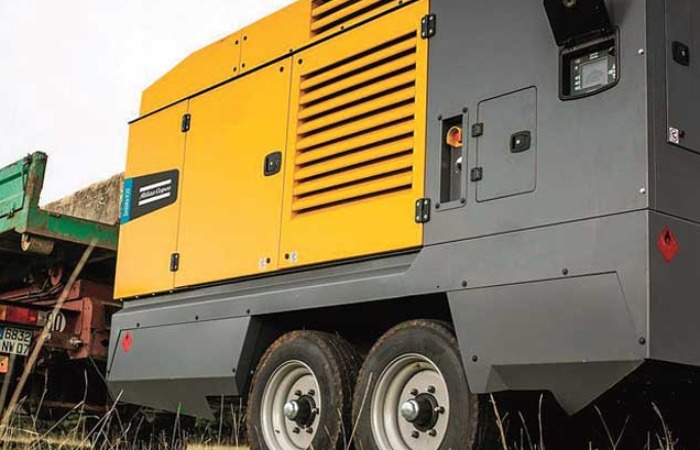
Selecting the right air compressor
When developing engines for standby power, modern manufacturers need to factor an array of customer requirements into their research and design.
When your company decides to convert to an energy-efficient, environmentally friendly air compressor, it has already made the most essential and advantageous decision. However, there are a number of factors to consider in order to optimise your savings and lower your total cost of ownership.
While alterations can be made after the compressor has been purchased, these changes are usually linked with greater costs. As a result, it’s critical to get it properly the first time.
Keeping down costs
A compressor’s total cost of ownership includes the cost of purchase as well as the cost of operation
over its lifespan. The most recent environmentally friendly compressors with the most cutting-edge technology are normally more expensive, but they have reduced running expenses, which saves money in the long term. In actuality, the original investment accounts for a minor portion of the total cost of ownership, with energy expenditures accounting for the majority.
Choosing the correct air compressor type is still important, even though contemporary air compressors are all about efficiency. That implies buyers must first determine their compressed air require ments.
That starts by asking themselves the following questions:
1. How much airflow and pressure do they need and for which applications?
2. Will the compressor run constantly or intermittently?
3. How important is air quality?
4. Does the air demand fluctuate or remain steady?
The answers to these questions will decide the optimal compressor size, if a model with variable speed drive is better (for changing air demand), and whether a piston compressor or a rotary screw compressor is required (for intermittent use and limited air demand). An oil-free compressor is the best option if air quality is a priority.


 +91-22-24193000
+91-22-24193000 Subscriber@ASAPPinfoGlobal.com
Subscriber@ASAPPinfoGlobal.com